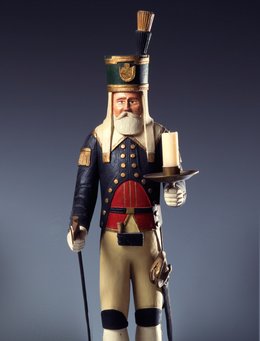Idealization and classicism were general trends
Idealization and classicism were general trends in European painting at the time, and in Germany the orientation towards the old masters was particularly strong. Artists in Dresden reflected these contemporary tastes, but from different political perspectives.
“Old Farmer” (1932) by Hainz Hamisch, a pupil of Dix, reflected the fashion in portraiture from around 1930 onwards for producing slightly overdone stereotypes of sitters from low-income milieus, but his attitude is unlike those artists who cultivated a nationalist German pathos with references to art history.
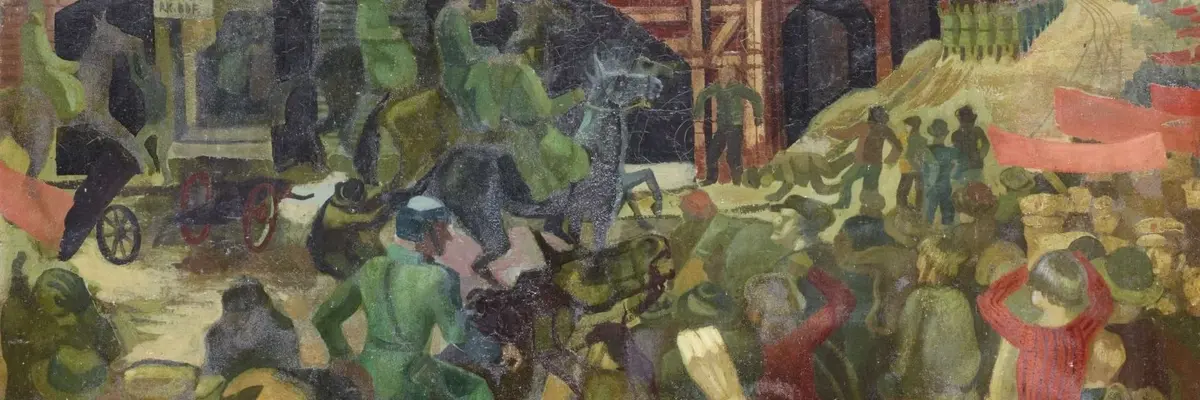
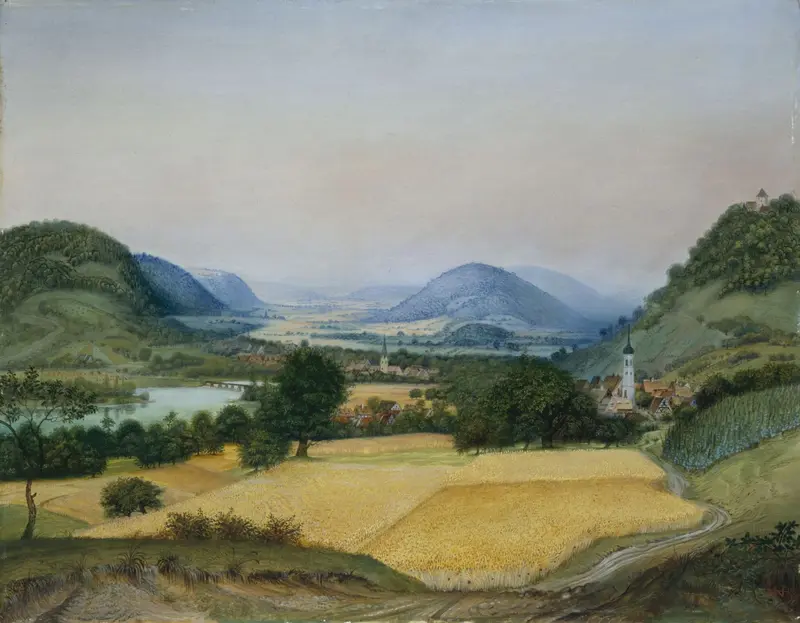
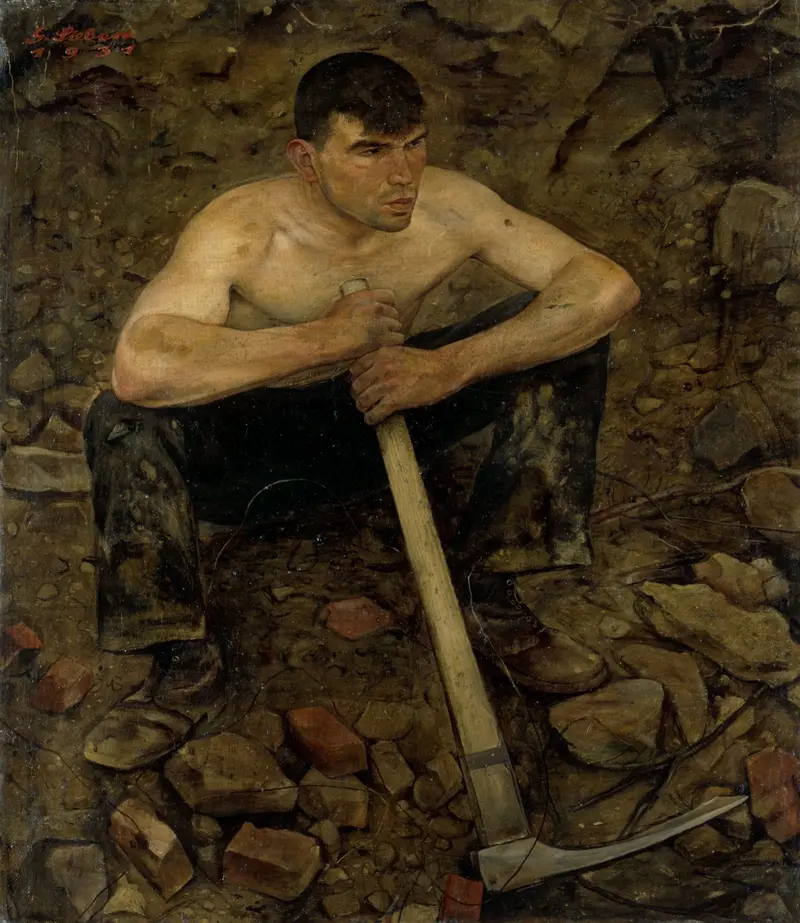

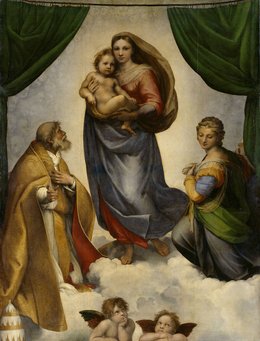
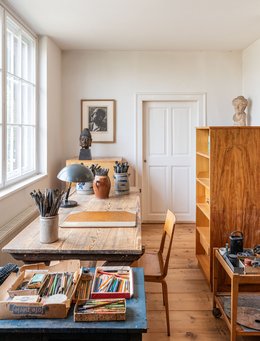
![[Translate to English:] Damaskuszimmer reich verzierte Holztür mit Fenster](/fileadmin/_processed_/e/8/csm_museumvoelerkundedresden-damaskuszimmer-ausstellungsteaser_portal_bafc63a688.jpg)
